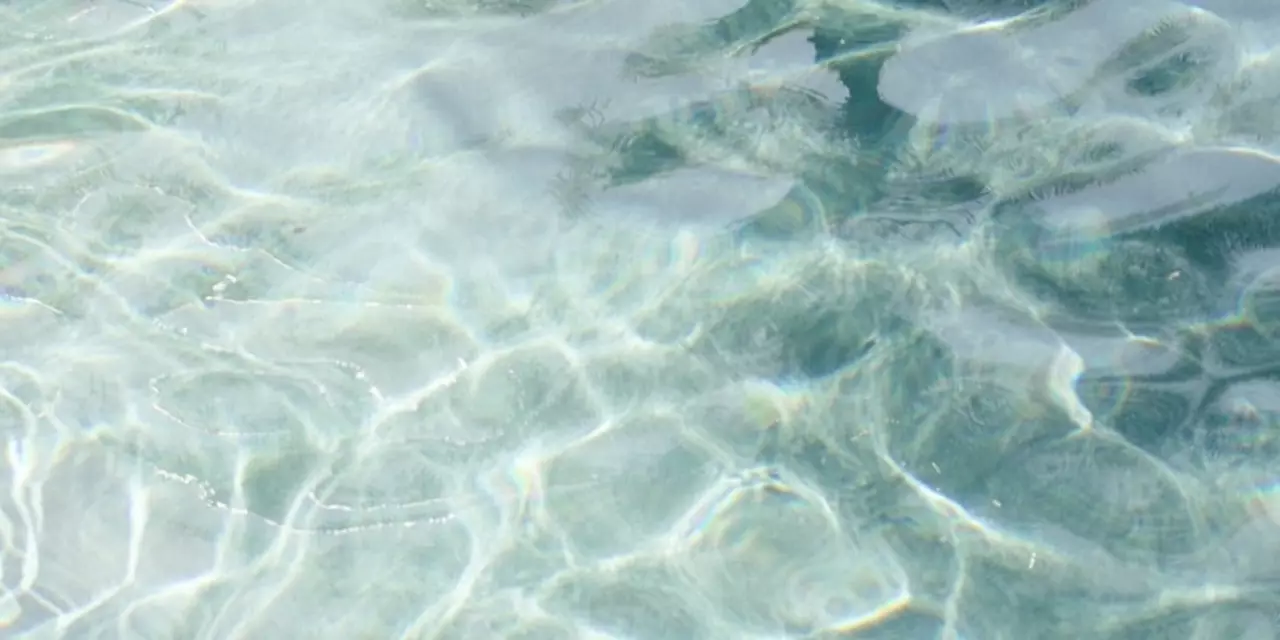Coolant Basics: Keep Your Engine Running Smoothly
Ever wondered why your car needs that bright orange or green liquid in the radiator? That’s coolant, the unsung hero that stops your engine from turning into a furnace. Without it, heat builds up fast, parts warp, and you’re left on the roadside. Let’s break down what coolant does, the kinds you’ll see in India, and how to look after it without a mechanic’s visit.
Why Coolant Is More Than Just Water
Pure water boils at 100°C, but a hot engine can hit 120°C or more. Coolant is a mix of water and chemicals (usually ethylene glycol or propylene glycol) that raises the boiling point and lowers the freezing point. That means it stays liquid in scorching summer heat and chilly winter mornings. It also carries away heat from the engine, runs through the radiator, and returns cool enough to repeat the cycle.
Choosing the Right Coolant for Indian Roads
In India you’ll meet three main types:
- Inorganic Acid Technology (IAT): The classic green fluid. Works well in older cars with copper radiators but needs changing every 2 years.
- Organic Acid Technology (OAT): The pink or orange “long‑life” fluid. Fits newer steel or aluminum radiators and can last 5‑7 years when mixed correctly.
- Hybrid Organic Acid Technology (HOAT): A mix of the two, often seen in premium models. It offers good corrosion protection and a decent lifespan.
Check your owner’s manual – it tells you which group of coolant your car expects. Mixing the wrong type can cause gunk buildup or corrosion, which is a pain to clean.
Simple Coolant Checks You Can Do at Home
1. Look at the coolant level: Pop the radiator cap (only when the engine is cool) or use the overflow tank’s transparent strip. The fluid should sit between the “low” and “full” marks.
2. Check the colour and clarity: Fresh coolant is bright and clear. If it looks rusty, cloudy, or has oil floating on top, it’s time for a flush.
3. Test the temperature: Most Indian drivers notice the temperature gauge creeping up on long city drives. If it’s consistently high, the coolant might be low or old.
How to Top Up or Replace Coolant
When you need more coolant, use a 50/50 mix of distilled water and the right coolant type. Distilled water avoids mineral deposits that tap water can leave behind. Fill slowly, wipe any spills, and snap the cap back on. If the fluid looks dirty, a full flush is better – drain the radiator, rinse with water, then refill with fresh mix.
Coolant Myths Busted
Myth: “Turbo cars need special coolant.”
Fact: Turbo engines run hotter, but they still use the same coolant families. Just follow the manufacturer’s recommended grade.
Myth: “If the car runs fine, I don’t need to check coolant.”
Fact: Overheating can sneak up after months of unnoticed low coolant. A quick visual check saves headaches later.
Bottom line: coolant is cheap, easy to check, and crucial for engine health. Keep an eye on level, colour, and type, and you’ll avoid costly repairs down the road. Next time you’re at the service centre, ask the tech about the coolant’s lifespan and plan a change before the warranty expires. Your engine—and your wallet—will thank you.

What type of water are you supposed to put in a car radiator?
Daxton Faircastle Mar, 1 2023 0When it comes to maintaining a car, one of the most important considerations is the type of water you use in the radiator. The type of water you use will depend on the engine and the climate where you live. Generally, plain tap water is suitable for most engines, but if you live in an area with hard water, distilled water may be the better choice. It is also important to check your car’s owner’s manual for specific recommendations on water type. Additionally, antifreeze should be added to the water to reduce the freezing point and protect against corrosion. Finally, if you plan on racing your car, it is best to use a high-quality engine coolant or racing-specific water.
More Detail